Overview
The City of Camrose received $68,798 for the completion of a Climate Risk and Vulnerability Assessment. The project was completed in the Climate Resilience Capacity Building Program, funded by the Government of Alberta.
The project was led by Associated Engineering with support from All One Sky Foundation. The project team used the Public Infrastructure Engineering Vulnerability Committee’s High Level Screening Guide (PIEVC HLSG), as well as ISO 31000 & 14092, and the Climate Resilience Express to complete the risk assessment.
Approach
Located in Central Alberta in Treaty 6 territory, the City of Camrose is known for its exceptional indoor and outdoor recreation, and provides retail, health, and education services to its visitors and nearly 20,000 residents.
This Climate Risk and Vulnerability Assessment was completed to identify and evaluate potential climate impacts to City of Camrose infrastructure over three timelines: current conditions, the 2050s, and the 2080s. The scope of the climate risk assessment included:
- Impacts on City of Camrose Infrastructure
- Impacts on Operations & Maintenance Staff, Public Users, and Emergency Services
- Impacts on the Community (social aspects) and Local Economy
Through a series of workshops, contractors and City technical staff collaborated to identify infrastructure assets, complete a risk analysis, and begin adaptation action planning.
Results
The risk assessment identified one very high risk impact (extended heat wave), and eight high risk impacts.
Of the Built Infrastructure assets, Environment & Parks was found to be the most vulnerable to climate impacts, followed by Water and Wastewater Treatment Systems. For Staff, Public, and Emergency Services, the risk assessment found that all three groups have high risk scores and are vulnerable to climate hazards.
To guide decision making, infrastructure assets were given a priority ranking. Recommended adaptation actions were identified for the top four asset priorities: Water Treatment, Wastewater Treatment, Stormwater, and Roads.
The assessment identifies 23 recommended actions to address climate risks affecting the community and local economy, 12 of which were related to heat management.
Many of the recommended actions show a need to conduct further research, and complete infrastructure stress-testing for extreme climate events.
Benefits
As the City prepares for future climate impacts, this study provides a roadmap for next steps. It emphasizes the need to prioritize actions for implementation and to share information across City departments to inform future planning.
The results of this assessment will assist the City in incorporating climate risks and adaptation into land use planning, engineering design standards, operational practices, infrastructure assessment, and human resource programming. The report will be reviewed with the City of Camrose Green Action Committee and City Council to outline these next steps.
Applying a climate lens to City infrastructure, the local community, and economy will protect the City’s investments, ensure that assets are protected, and safeguard its social and economic wellbeing into the future.
This project has allowed us to take what we think is an imperative and important look at our infrastructure and, by applying climate science data to our decision making, create an action list that prepares us for the future. With the assistance of the Municipal Climate Change Action Centre and Associated Engineering, we’ve laid the groundwork for the next steps to be more resilient as a City to climate impacts.
Mayor PJ Stasko
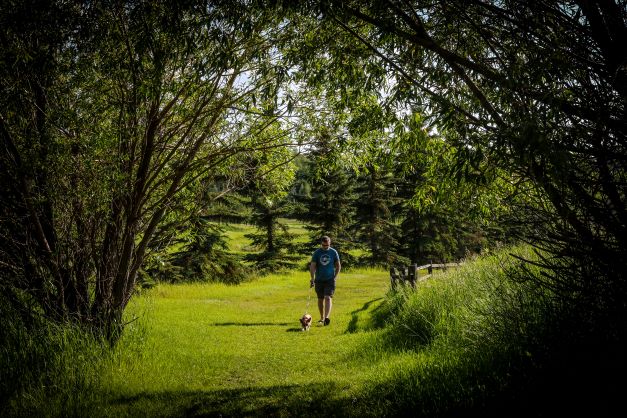
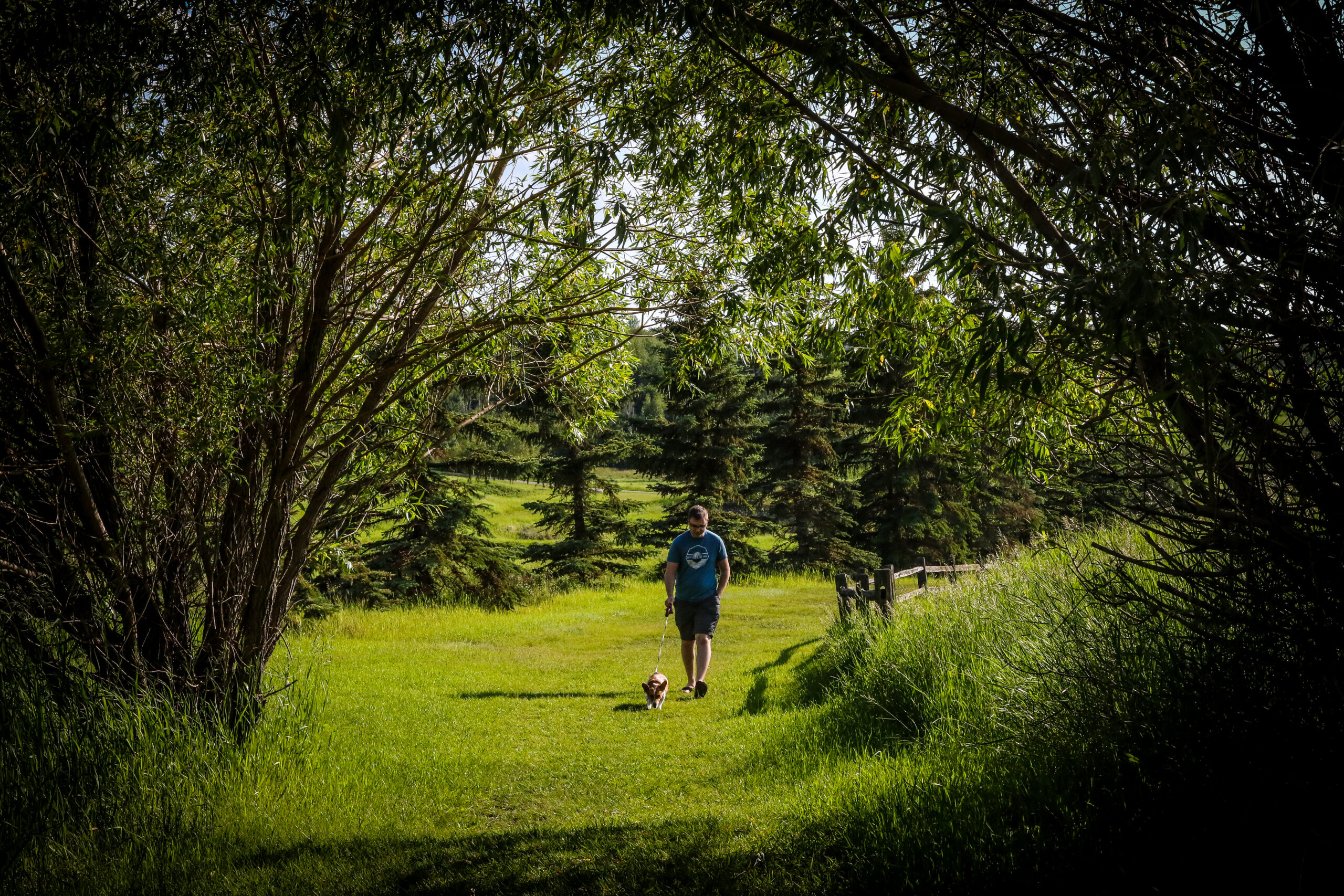
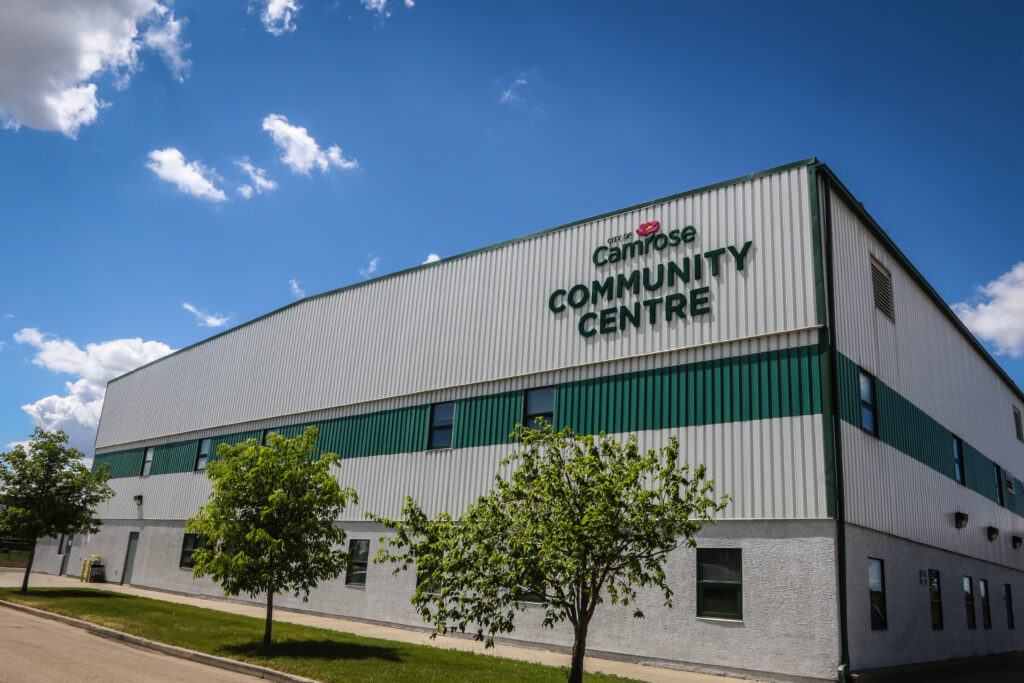
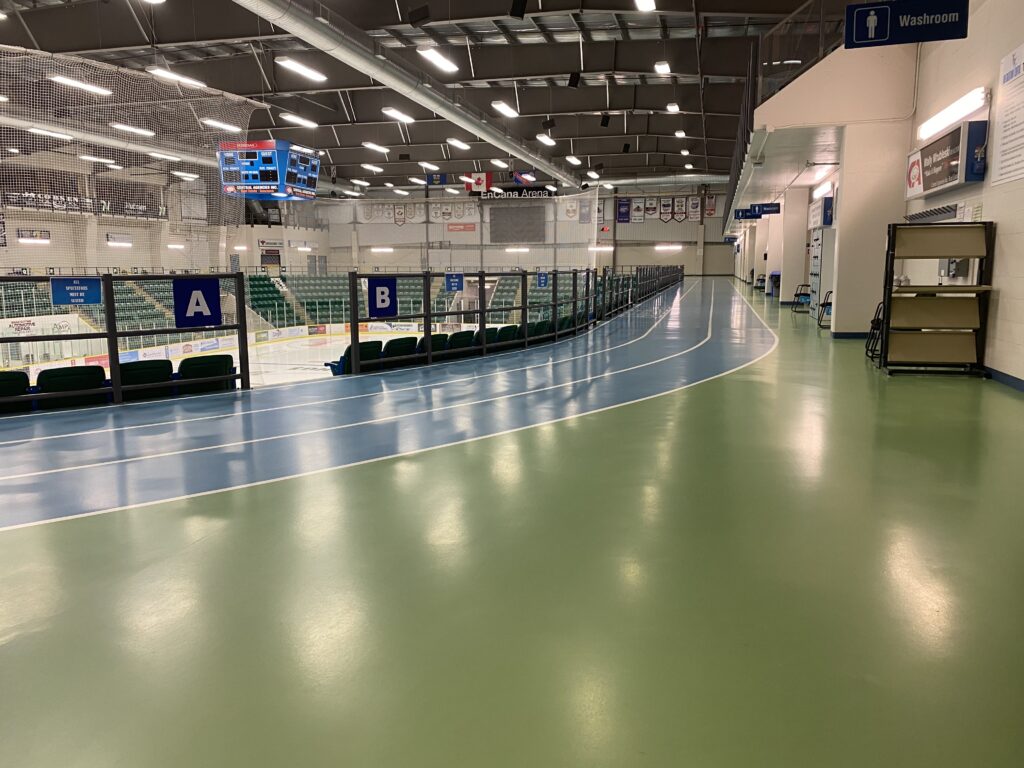
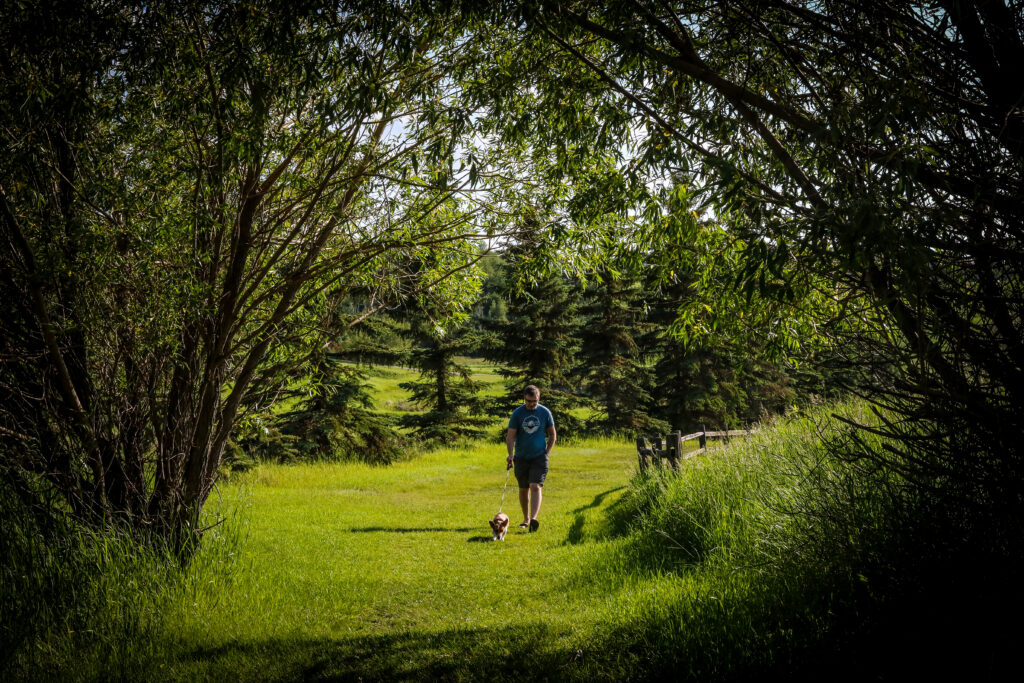

You must be logged in to post a comment.